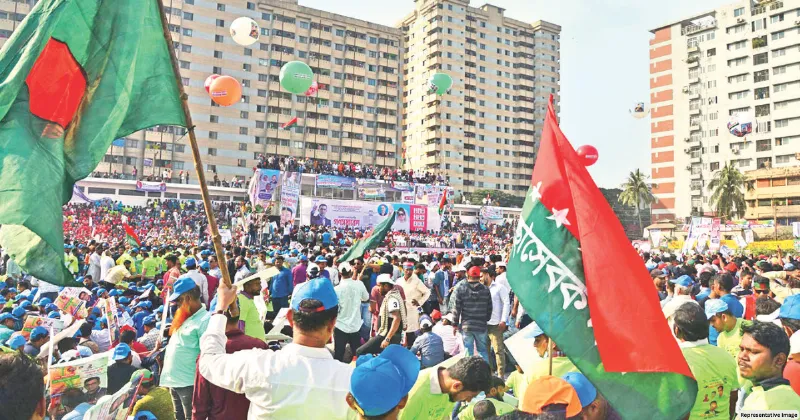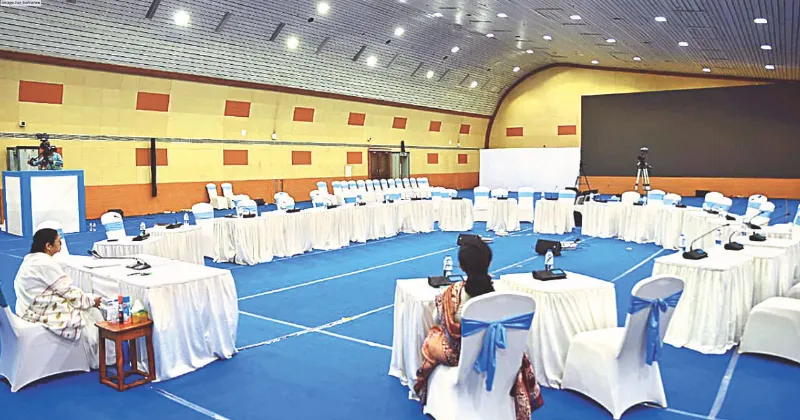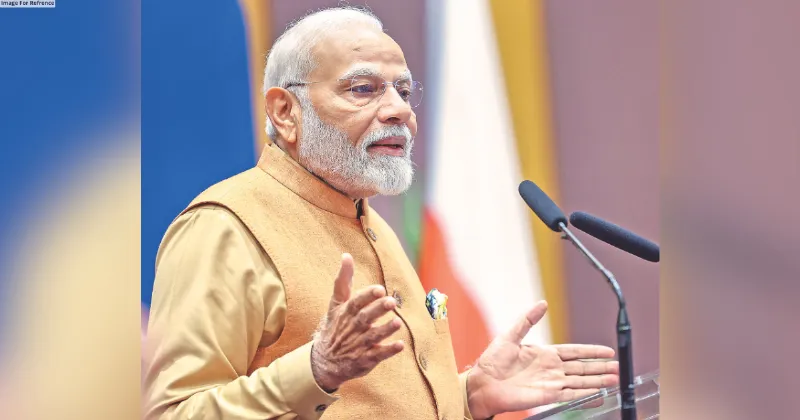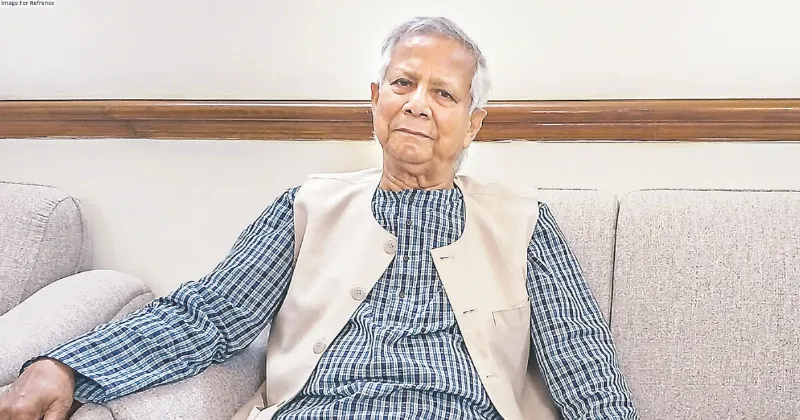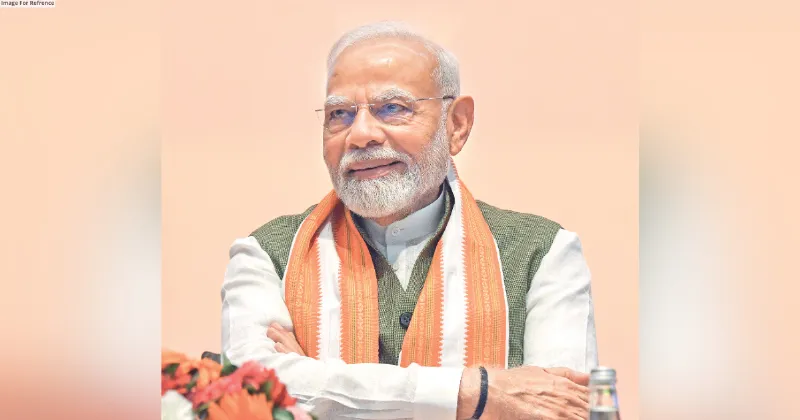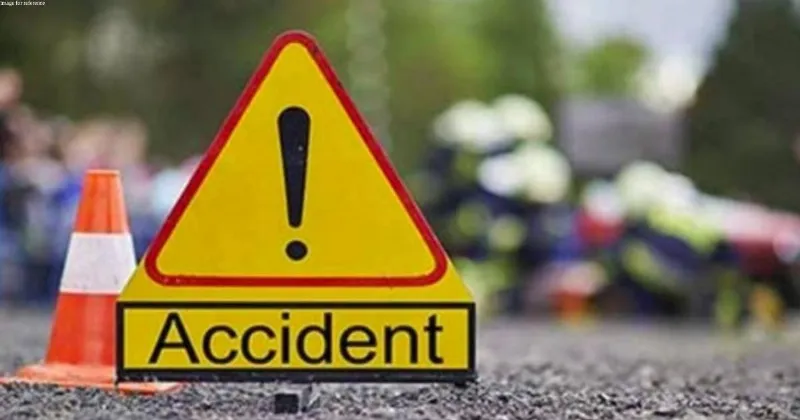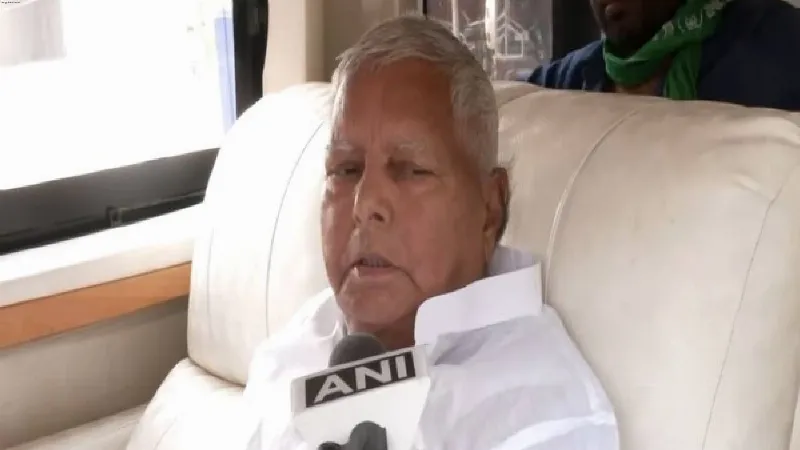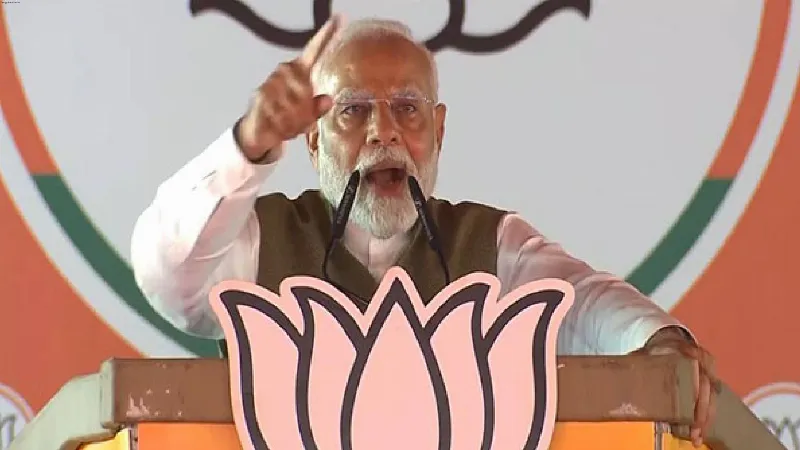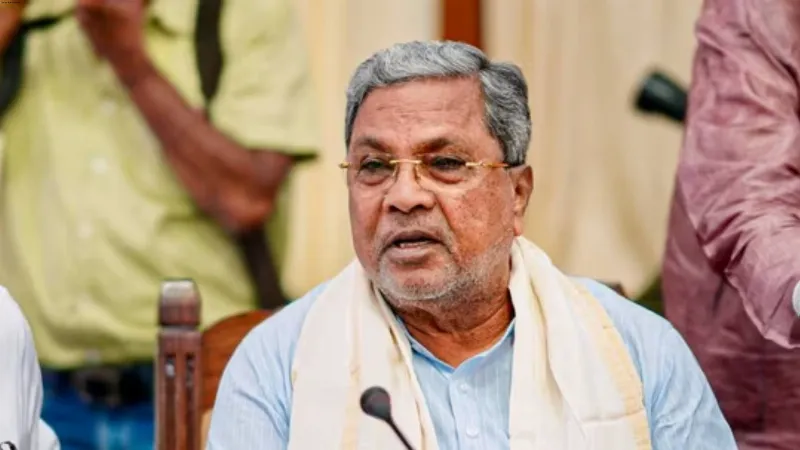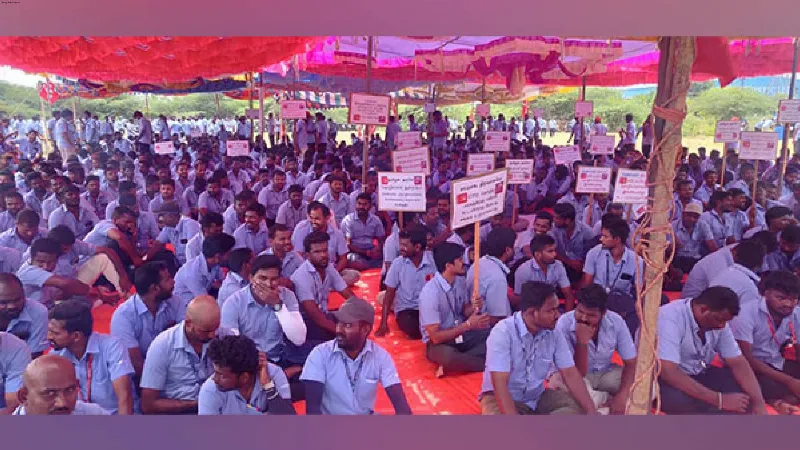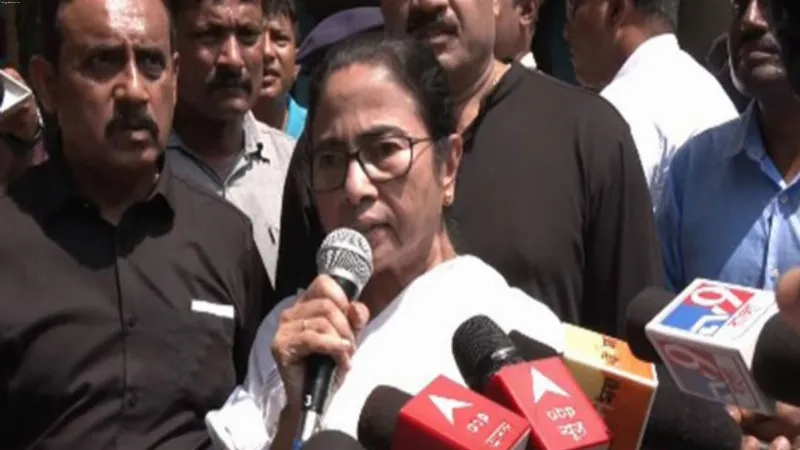Latest News
BAISAKHI KI SUBHKAMNAYEN
.jpg)
On April 14, 2022, the whole state of Punjab and various parts of Northern India will prepare to celebrate Baisakhi, the harvest festival. On this joyous day, farmers offer their prayers in thankfulness for a great Rabi crop harvest. Baisakhi is especially noteworthy because it commemorates the formation of the Khalsa Panth society three hundred years ago by Guru Gobind Singh, the tenth Sikh Guru.
People around the country celebrate the Baisakhi celebration with much joy, festivity, and zeal. It is also referred to as the Sikh New Year’s Eve celebration. Guru Gobind Singh Ji, the tenth Sikh Guru of the time, hosted the Baisakhi celebrations that resulted in the creation of the Khalsa in 1699 (to be pure, to be clear, to be free from).
Guru Gobind Singh Ji is often regarded as the “Final Living Guru of Sikhism.” In conjunction with the establishment of the Khalsa, an army was formed to combat societal flaws as well as the Mughal Emperors and their forces. Baisakhi is now celebrated by people of many backgrounds, not simply Sikhs and Punjabis. It is known as “Khalsa Sirjana Diwas,” or “Khalsa’s Birth.” Baisakhi is celebrated differently by Punjabis and Sikhs, and many of them do it in their unique fashion. These are not the same as village harvest festivities. Baisakhi is no longer solely a celebration for those in rural regions. It’s also a holiday for those who live in cities and towns.
On this day, Sikhs remember their 10th guru, Guru Gobind Singh. On this same day, he set up the order of the Khalsa and gave it a new push. There are many places in India where people can get baptised on this day because it is a good time. As far as tradition goes, it varies from one family to the next. Some food is given out along the way. Then, there is more food, like kadah and langar, and the path ends. Sikhs commemorate Guru Gobind Singh, their tenth guru, on this day.
On the same day, he established the Khalsa order and gave it a fresh impetus. Because it is a suitable moment, there are numerous venues in India where individuals can be baptised on this day. In terms of tradition, it differs from one family to the next. Some food is distributed along the route. The trail then continues with additional food, such as kadah and langar, until it comes to an end. When the crops are harvested, people in Punjab’s villages enjoy a nice time.
Many people gather for Baisakhi dinners in Anandpur Sahib, the Khalsa’s birthplace. People in cities visit gurdwaras with their families regularly. Only Sikhs visit gurudwaras with their family and friends to take sacred showers and feast. People of different faiths also travel there to perform the same thing. The gurudwaras are illuminated on this day, and there is a 48-hour Akhand path and bhog. The day is traditionally commemorated by kirtan, kadah, prasad, and langar. On this day, women choose to wear white outfits with an orange dupatta to the gurdwara. Sikhs travel to bathe in lakes or rivers before travelling to their local Gurdwaras to celebrate the festival.
On the day, there are also community festivals, Nagar kirtan procession activities, and gatherings to chat and share celebration feasts. For Hindus, this is an opportunity to bathe in sacred rivers such as the Ganga, Jhelum, and Kaveri, visit temples, meet friends, and eat and drink traditional dishes and beverages. On the eve of Baisakhi, Sikhs visit Nagar Kirtans to pay their homage to the Khalsa. O

